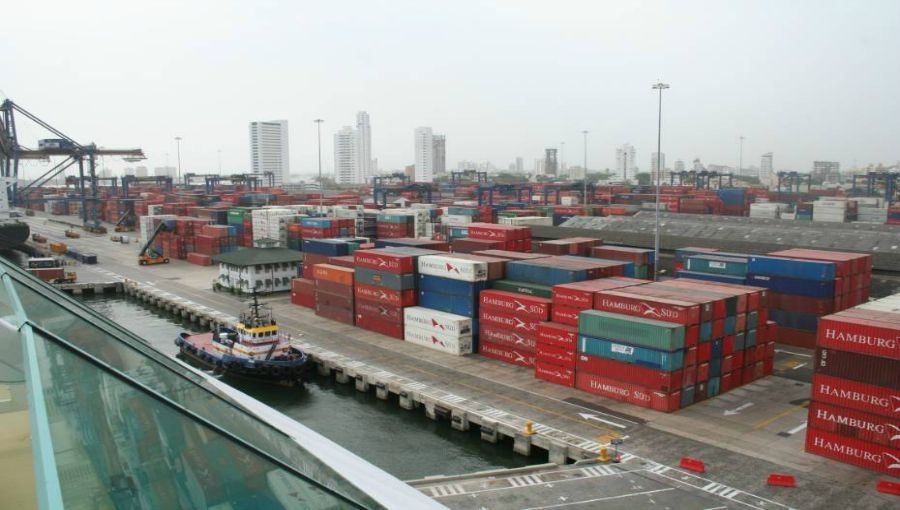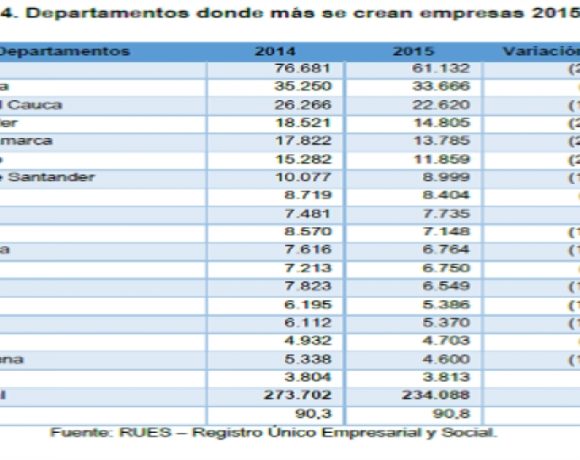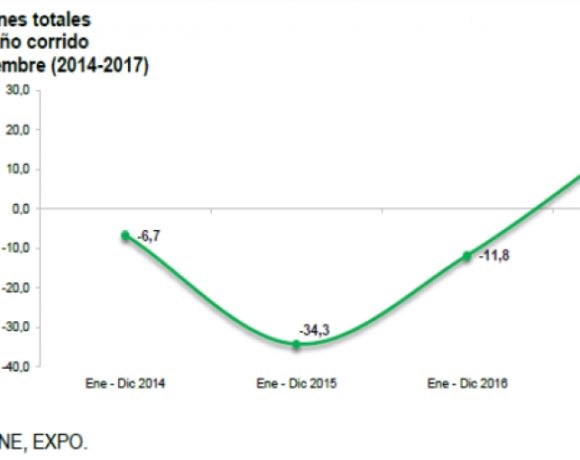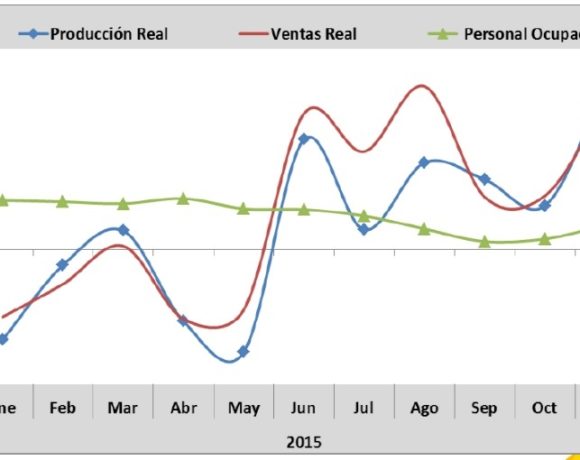Andi: ‘Global Value Chain’ Opportunities – Part Two

The “global value chain” opportunities arising for Colombian exporters — identified in a new study for Medellin-based Andi (Colombia’s national industrial trade association) – are already being exploited by several pioneering companies, and could expand much more.
According to the Andi study, several pioneering exporters have already learned that the old idea of sourcing raw materials and producing everything in one place, just for one market, is a business model that’s fading.
“One of the strongest effects of the process of globalization is that producers and manufacturers can choose the best formula that combines talent, technology, innovation, cost of supplies, access and approximation to markets, regulatory conditions, tax regimes, infrastructure, costs of energy, macroeconomic environments, security and access to capital, among many other factors,” Andi president Bruce MacMaster explains in his introduction to the study.
“Today’s world enables [exporters] to produce distinct components of a product at various sites that offer the best conditions for each component, assemble them in another place and then transfer them to centers of commerce in a matter of hours. Some components, for example, can require more intensive human labor or technology, and one can choose the best place for each piece, achieving optimal production,” he explained.
Rather than pursuing the old goal of “how do I make my factory more efficient,” the new challenge for exporters, according to MacMaster, is: “how can I get to market in the most efficient way, given that production lines and supply lines can be in any part of the world?”
For Colombia’s industrial exporters and its public-policy makers, the parallel question is: How can Colombia become a greater participant in the growing “global value chain?”
Answering this question won’t be quick or easy – and it won’t be exclusively tied to the lifting of certain trade barriers or overcoming certain “market failures,” MacMaster said.
Rather, entreprenuers and public-policy makers need to develop a macro-scale, strategic plan that puts more emphasis on global market investigations, as well as incentives for certain industries that can exploit Colombia’s advantages, he explains.
“Surely we have a unique opportunity in the food and agro-industrial sectors,” including export of more products from Colombia’s current and future farms and ranches, MacMaster said.
“The opportunity of [suitable] land, water, geographic location and human talent that Colombia has is really privileged in today’s world. However, the food [production] chain is very wide and because of that, we need to decide in which part of the chain we want to be.
“Once we’ve identified those chains and links, we need to identify all of the strategic actions that allow us to be an important player,” he added.
Improvements to Colombia’s regulatory regime, new investments, training of human talent, commercialization efforts and public sector/private sector strategic unity will enable more, successful export ventures with potential partners, allies and buyers, he added.
This commercial effort must involve leaders and investors in many companies as well as promotion by high government officials, thus “demonstrating the decisive commitment [of Colombia] to the adopted strategy,” he said.
Once adopted, this strategy and its implementation must become a national goal, whereby entreprenuers, workers, government, academia and the general population are committed to pushing it forward, he said.
“We don’t want to go down in history as the generation that forgot industry, that ignored what was happening on this planet, that instead decided to spend all its [earnings] from non-renewable petroleum and mineral resources, [while suffering from] a grave Dutch disease, and didn’t think about the country we would leave to our children,” MacMaster said.
Rising to this challenge, some Colombian companies have already undertaken such strategic analyses — and as result have developed more sustainable, profitable, expanding businesses, the study shows.
Export Panorama
Today, some 10,500 Colombian enterprises are exporting to a total of 180 countries around the world, the study shows.
In total, these companies are exporting products that fall under more than 4,500 trade categories. Of the total, some 150 of these companies each export to at least 20 different countries, the study shows.
While these statistics may seem impressive at first glance, just 10 companies account for 55% of Colombia’s export sales, and only six of these companies reach markets in more than 50 countries, the study cautions.
The lesson: Far more needs to be done for Colombia to achieve a balanced industrial economy – one that doesn’t fall into the “Dutch disease” commodities-export trap (today’s worst example being Venezuela), nor the failed model of protectionism.
Foreign commerce today accounts for 38% of Colombia’s gross domestic product (GDP or “PIB” in the Spanish acronym).
But this pales when compared to other upwardly-moving economies, as exports now represent 96% of South Korea’s GDP, 66% of Mexico’s and Chile’s GDPs, 46% of Peru’s GDP and 42% of China’s GDP, the study shows.
This picture doesn’t tell the whole story, however, as Colombia currently lacks accurate statistics on its exports of services, its development of productive chains and its degree of insertion into the “global value chains” that are becoming the dominant factor in world commerce, the study adds.
Next: Six Successful Colombian Exporters/ Part Three
















